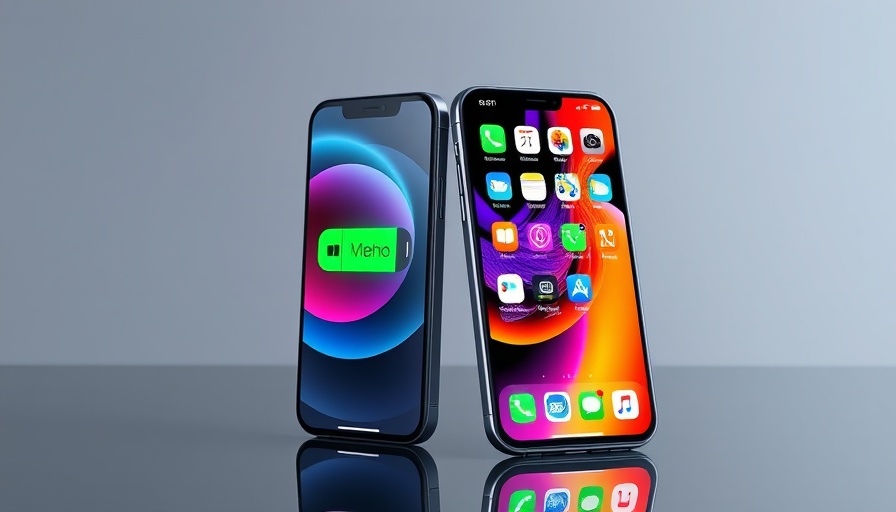
Understanding iOS 26's Adaptive Power Mode
Apple's latest update, iOS 26, introduces an innovative feature: Adaptive Power Mode. This mode is engineered to extend battery life without drastically hindering performance. As users continuously look for effective ways to preserve their device's lifespan, the promise of this feature is especially appealing. Yet, does it come at a performance cost?
How Adaptive Power Mode Works
Adaptive Power Mode adjusts performance dynamically based on how you use your device. Instead of running at full capacity during less demanding tasks, it gradually decreases processing speeds to conserve battery. Apple's goal is to maximize energy efficiency while providing users the necessary functionality they need. However, it sparks an important debate: is this trade-off really worth it?
Real-World Impacts: My Experience with the New Feature
In a hands-on test during a recent hike, I activated Adaptive Power Mode to see it in action. Even while using apps for navigation and photography, I faced minimal lag and, importantly, my battery performed far better than expected. After several hours in the field, I found my battery health to be significantly superior compared to previous outings without this mode. That's a win for users who rely on their devices during adventures!
Performance vs. Battery Life: Evolving Perspectives
Throughout the years, iPhone users have adopted various methods to save battery life, including turning off background apps and lowering screen brightness. Adaptive Power Mode enhances these methods by integrating them into the device’s operational framework. This could represent a significant shift in how users manage battery life.
Looking Ahead: What Experts Say About the Trade-Offs
However, some experts express caution. They argue that while features like Adaptive Power Mode are beneficial for battery life, there’s a risk it could lead to system instability. The concern relates to the possibility of increased crashes or bugs as energy consumption is optimized. Listening to user feedback will be key for Apple as they refine this software.
The Value of Adaptive Power Mode
For many everyday users, the appeal of extending battery life without sacrificing usability is multifaceted. In today’s fast-paced world, ensuring our smartphones last longer between charges is invaluable, contributing to greater peace of mind—especially for those frequently on the go.
Conclusion: Should You Use Adaptive Power Mode?
In summary, Apple’s Adaptive Power Mode in iOS 26 appears to provide tangible benefits for those prioritizing battery longevity. Early feedback indicates satisfactory performance, making it a compelling choice for users who want to make the most of their device without significant drawbacks. Additionally, the potential for a more sustainable device arises from such innovations, making any performance sacrifice a worthwhile consideration.
To explore how to lead this movement in your market, discover actionable insights here.
 Add Row
Add Row  Add
Add 




Write A Comment